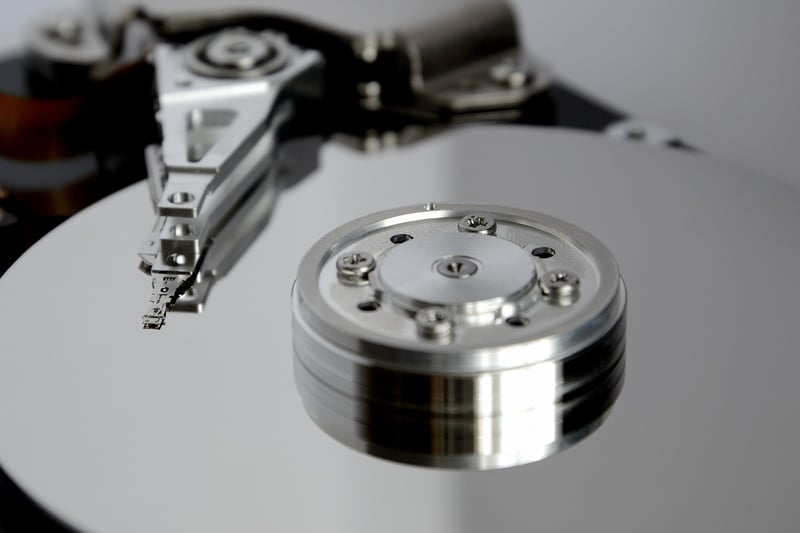Temporal Corrections
Maintain Temporal Integrity and Temporal Corrections
When dealing with data, especially in databases, maintaining temporal integrity is crucial to ensuring the accuracy and reliability of information over time. Temporal integrity refers to the consistency and correctness of data at different points in time. In this article, we will explore the concept of temporal integrity and how temporal corrections play a vital role in preserving data accuracy.
Understanding Temporal Integrity
Temporal integrity involves managing data in a way that reflects the state of the information at any given time. It ensures that historical data remains unchanged while allowing for updates and corrections to current records. By maintaining temporal integrity, organizations can analyze trends, track changes, and make informed decisions based on reliable historical data.
Importance of Temporal Corrections
Temporal corrections are adjustments made to data to fix errors, update information, or incorporate new findings. These corrections help in rectifying inaccuracies, improving data quality, and ensuring that the information remains consistent and accurate over time. By applying temporal corrections, organizations can enhance the reliability of their data and prevent the propagation of incorrect information.
Best Practices for Temporal Data Management
- Implementing a robust version control system to track changes and updates to data.
- Regularly auditing data to identify inconsistencies and errors that require temporal corrections.
- Documenting all changes made to data, including the reasons for corrections and the individuals responsible for making them.
- Utilizing timestamping and effective dating to record when data was modified or corrected.
- Establishing clear protocols for approving and implementing temporal corrections to ensure data accuracy and integrity.
Conclusion
By prioritizing temporal integrity and implementing effective temporal corrections, organizations can maintain the reliability and accuracy of their data. Consistent monitoring, timely updates, and adherence to best practices in temporal data management are essential for preserving the integrity of information and making informed decisions based on trustworthy data.

Image Source: Pixabay
